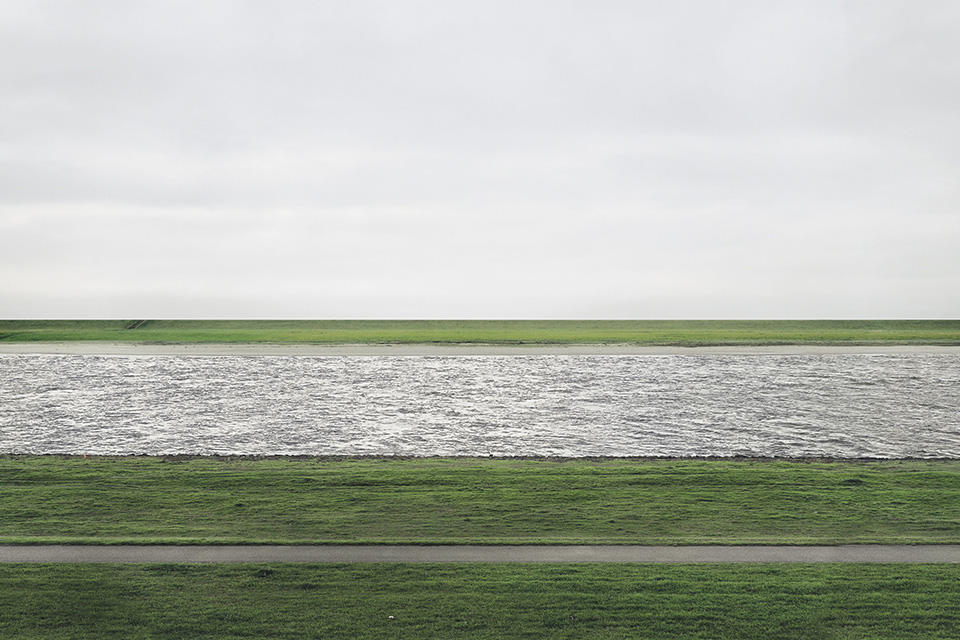Quite often after a lecture people would come up to me with pictures they or their friends have taken and ask ‘Is this a masterpiece?’
Of course I look at them and, just the way I am supposed to, I respond with a question of my own: ‘But what is a masterpiece?’
’That’s when everyone likes it. When everyone just loves my work.’ a young man answered.
He was holding a colour photograph: a tree in morning mist, rays of sunshine break through the foliage, a cow (or is it a horse?) is lying in the grass, dew glistens all around. An ideal picture.
‘Beautiful, isn’t it?!’ the artist photographer queried.
‘Beautiful’, I nodded, ’This is a masterpiece.’
‘You’re joking!’
’No, I am not.’
‘You think I am getting close to Eugeny Komarov?!’
‘Why not Ansel Adams?’
‘No,’ the photographer frowned. ‘Komarov shoots masterpieces but Adams is unpleasant. It’s unbearable to look at his pictures for a long time – you start to feel like you are a nobody.’
{
“img”: “/wp-content/uploads/2015/01/In_tribute_to_Ansel_Adams_McGown_Peak_reflected_on_Stanley_Lake_Idaho_in_black_and_white.jpg”,
“alt”: “”,
“text”: “McGown Peak reflected on Stanley Lake, Idaho. Photo by Ansel Adams”
}
The definition of a masterpiece is too dry, somewhat general and completely unemotional. It is something masterfully done, something unique, the highest artistic accomplishment. But who is to define what ‘the highest’ means? What criteria need to be met for something to merit the name of a masterpiece? Brainy people do their mental work, find secret signs and symbols, look for universal generalisations and revelations done by the artist. But photographer Vasily who took a picture of the tree shoot through by sunshine doesn’t care to read books. He doesn’t like Ansel Adams because those pictures don’t have any colour and he feels lonely and uncomfortable in Ansel’s black-and-white world. Whereas Komarov is friendly. He is ingenious and belongs in Vasya’s world. That’s why Komarov does masterworks while the American is just showing off, no matter if he does it in a beautiful and frightening way, totally destroying Vasya’s self-esteem. Of course Vasya subconsciously acknowledges the greatness and depth of Adam’s works but his assessment is based entirely on his consumer awe in respect of infinity.
Once I had to accompany a group of totally indifferent to art businessmen to Germany where they were going to sign a multitude of lucrative contracts. I was to do a short film about that visit. Apart from business meetings there was also a cultural programme. At one of the museums we came across Jeff Wall’s work ‘A Sudden Gust of Wind’. Everyone gazed at it for a moment and went on. Everyone except one man. That businessman stood in front of the photograph for at least half an hour, got very emotional and rushed to the book store to buy Wall’s monograph, a reproduction copy of the work a few more smaller sized ones.
On the way back I listened to his story. At the very beginning of the 1990s the guy nearly lost his business. On a high bank of the Dnieper a bunch of robust identically dressed men handed a number of documents to him for signature. The pack of papers was to legalise a voluntary hand-over of his business, his apartment and all other property to the racketeers. When one of the bandits was holding the documents a sudden gust of wind tore the papers out of his hands and scattered them across the sky. After that a lot of things happened but thanks to the forces of nature the businessman didn’t lose anything. ’This is not just a masterpiece, this is my whole life,’ he whispered. I don’t think he really cared to find out what ‘A Sudden Gust of Wind’ was really about and what was written about the artist in the book.
By degrees though that businessman became really interested in contemporary art and has become quite a good expert. I often see him in art exhibitions and he still compares everything to his life: if there is a coincidence, he rates it a masterpiece.
{
“img”: “/wp-content/uploads/2015/01/jeff-wall-a-sudden-gust-of-winds.jpg”,
“alt”: “”, “text”: “Jeff Wall ‘A Sudden Gust of Wind’”
}
Author: Alexander Lyapin, photographer, journalist, editor-in-chef of Foto.ua, former photo journalist with GP international agency, editor-in-chef of ‘Vechernie Vesti’ newspaper, head of PHL photo agency..





